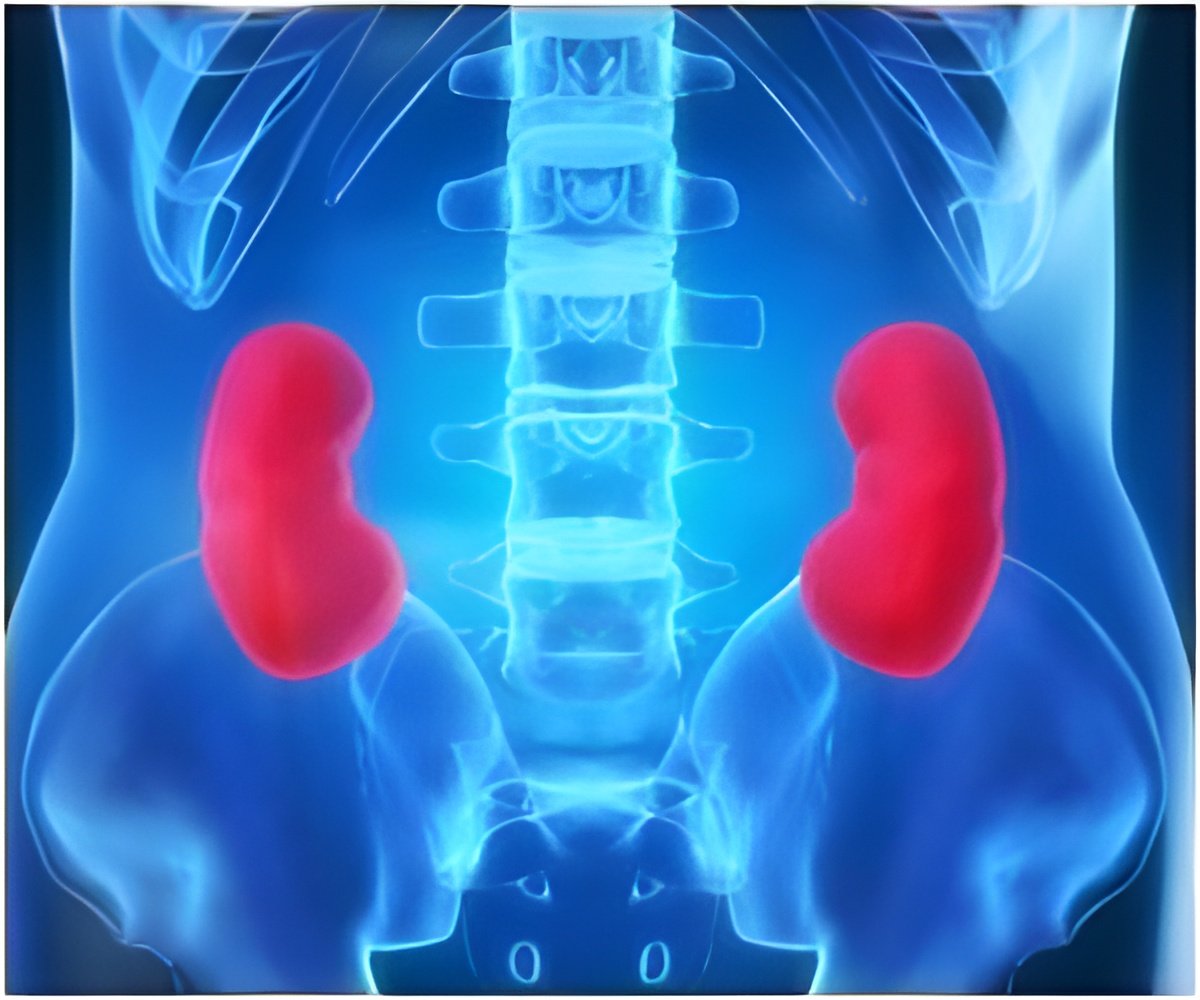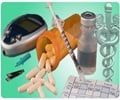High levels of fatty acid commonly found in cell membranes and nervous tissue in the kidney triggers insulin deficiency and insulin resistance.

TOP INSIGHT
Sphingomyelin fuels increases in ATP and decreases in AMP that result in inflammation which leads to cell dysfunction, fibrosis and endothelial damage underlying diabetic kidney disease.
Specifically, Sharma said, the sphingomyelin are believed to drive an increase in the ratio of adenosine triphosphate (ATP) and adenosine monophosphate-activated protein (AMP) in glomerular cells of the kidney in mice with diabetes, obesity or both. ATP/AMP are molecules involved in intracellular energy transfer and glomerular cells are key in the filtering and cleansing of blood, one of the primary functions of the kidney.
"ATP is involved in every cellular function. It is the energy currency of the cell," said Sharma. "But too much ATP causes inflammation. We believe that sphingomyelin fuels increases in ATP and decreases in AMP that result in inflammation which leads to cell dysfunction, fibrosis and endothelial damage underlying diabetic kidney disease."
Normally, ratios of ATP and AMP are tightly regulated, depending on energy needs of the cell. "The mechanisms triggered by diabetes and obesity, such as increased ATP, seem to disrupt that balance."
Previously, it was not known exactly how ATP was affected in this process. "Due to difficulties in the stability of ATP, it was uncertain whether there was increased ATP or decreased ATP production with diabetes," Sharma said, adding that the investigators used mass spectrometry imaging to answer this question by identifying these difficult to measure molecules in frozen tissues.
The study's insights could have major impact on developing new biomarkers and novel therapeutics for diabetic and obesity-related complications, such as kidney disease, said Sharma. "It may be possible to create new treatments by blocking ATP and the inflammatory pathways consequent to that or by developing ways to reduce the amount or activity of sphingomyelin in the kidney."
Source-Eurekalert
 MEDINDIA
MEDINDIA




 Email
Email










